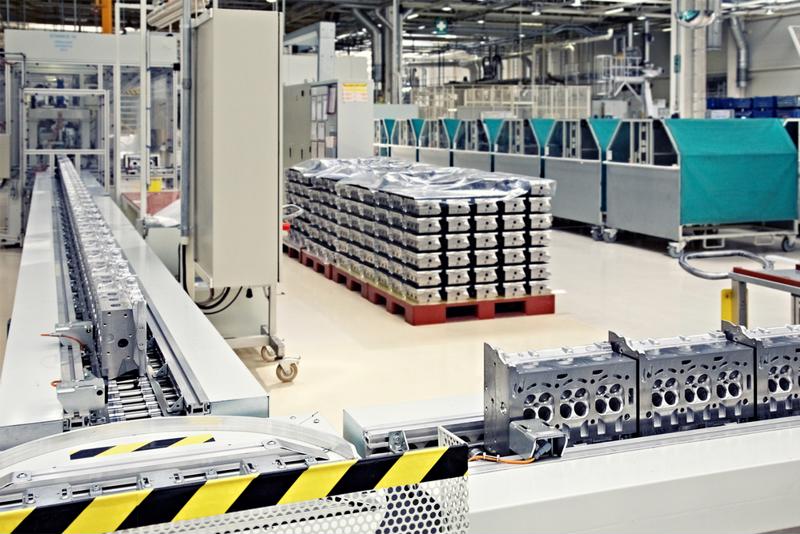The automotive industry has always been at the forefront of technological advancements, and additive manufacturing (3D printing) is no exception. With the ability to rapidly prototype, reduce material waste and create complex structures that were previously impossible to manufacture, 3D printing is poised to revolutionize car production.
Let's explore the transformative potential of additive manufacturing in the automotive sector and share some key statistics that highlight the growing influence of this technology.
According to a report by the research firm MarketsandMarkets, the global automotive 3D printing market is expected to grow from $2.9 billion in 2022 to $7.9 billion by 2027, at a compound annual growth rate (CAGR) of 21.7% during the forecast period. This significant growth demonstrates the increasing adoption of additive manufacturing across the automotive landscape.
Rapid Prototyping: Accelerating Innovation
One of the most significant advantages of additive manufacturing is the ability to create prototypes quickly and cost-effectively. Traditional prototyping methods can be time-consuming and expensive, often involving multiple iterations and fabricating costly molds. With 3D printing, engineers and designers can create functional prototypes within hours or days, instead of weeks or months.
This quick prototyping capability allows manufacturers to test and refine their designs more efficiently, ultimately accelerating the innovation process. In fact, says a study by PwC, 51% of manufacturers surveyed have already adopted 3D printing for prototyping purposes.

Reducing Material Waste and Environmental Impact
In traditional manufacturing processes, significant amounts of material are often wasted during production. Additive manufacturing, on the other hand, builds objects layer by layer, reducing the amount of material waste generated. A report by the European Parliament reports that 3D printing can reduce material consumption by up to 90% in certain applications by 2050.
By minimizing useless scrap, additive manufacturing has the potential to reduce the environmental impact of car production. This is particularly relevant as the industry strives to meet increasingly stringent emissions regulations and develop more sustainable practices.
Creating Complex Structures: Unlocking New Design Possibilities
Additive manufacturing enables the creation of intricate, lightweight structures that were previously impossible or extremely difficult to produce using traditional methods. For instance, 3D printing can produce lattice structures and hollow components, which can reduce vehicle weight without compromising strength or performance.
Lightweighting is crucial in the automotive industry, as it directly impacts fuel efficiency and, in the case of electric vehicles, battery range. According to a study by the U.S. Department of Energy, a 10% reduction in vehicle weight can lead to a 6-8% improvement in fuel economy.
Additive manufacturing is already making waves in the automotive industry, allowing rapid prototyping, reducing material waste and creating complex structures that unlock new design possibilities. As the technology continues to advance and become more cost-effective, it's likely that we'll see even greater adoption of 3D printing in automobile production.
With the global automotive 3D printing market projected to continue growing and an increasing number of manufacturers embracing the technology, there's no doubt that additive manufacturing is set to play a vital role in shaping the future of the automotive industry.
Greening Testing Laboratories is a fully certified brake testing lab that provides a variety of brake testing services worldwide. Contact Greening for a complimentary consultation.
